Landlords of private rental properties need to be aware of a change in regulation relating to gas safety. All buy-to-lets with fixed gas appliances, such as a gas boiler or a gas fire, now need to have a working carbon monoxide alarm after changes were brought forward through the Smoke and Carbon Monoxide Alarm (England) Regulations 2015 and the statutory guidance (Approved Document J) supporting Part J of the Building Regulations.
Additionally, the regulations state that a carbon monoxide alarm needs to be supplied when the first gas appliance is fitted in a rental property. This could be when electric storage heaters are replaced with gas central heating, for instance.
This is different to the old regulation, which previously stated that carbon monoxide alarms were only a mandatory requirement in any room containing a solid fuel burning appliance, such as a coal fire or a wood burning stove.
It has been reiterated that it is the landlord’s responsibility – or that of a managing agent working on their behalf – to ensure a defective carbon monoxide alarm is replaced once they are told it is faulty. They should also ensure the carbon monoxide alarm is tested for working efficiency at the start of every new tenancy.
A refresher on smoke alarm regulations
There is no change to the regulations regarding smoke alarms in rental properties but a refresher on the compliance aspect is always useful. Private sector landlords should have at least one smoke alarm installed on every storey of their rental property which is used as living accommodation. As with carbon monoxide alarms, they must make sure the alarms are in working order at the start of each new tenancy.
Failure to comply with any of the carbon monoxide or smoke alarm regulations can result in a fine of up to £5,000, with the requirements enforced by the local authority in charge.
Testing…testing
One of the biggest grey areas with regards to both smoke and carbon monoxide alarms is testing the alarm during the tenancy period. This excerpt is taken from the Government’s Smoke & Carbon Monoxide Alarm Q&A Booklet, and should be widely distributed to new and existing tenants:
“After the landlord’s test on the first day of the tenancy, tenants should take responsibility for their own safety and test all alarms regularly to make sure they are in working order. Testing monthly is generally considered an appropriate frequency for smoke alarms. If tenants find that their alarm(s) are not in working order during the tenancy, they are advised to arrange the replacement of the batteries or the alarm itself with the relevant landlord.”
A note on alarm placement
As well as ensuring that smoke and carbon monoxide alarms are in good working order, landlords can ensure their location increases their chance of effectiveness. Smoke alarms should be fitted to the ceiling in circulation spaces, such as hallways, stairwells and landings. Carbon monoxide alarms should be placed at head height between 1 and 3 metres away from a gas or solid fuel appliance.
Please contact us if you have any questions about gas safety and compliance in rental properties.
Share this article
More Articles
Sign up for our newsletter
Subscribe to receive the latest property market information to your inbox, full of market knowledge and tips for your home.
You may unsubscribe at any time. See our Privacy Policy.



